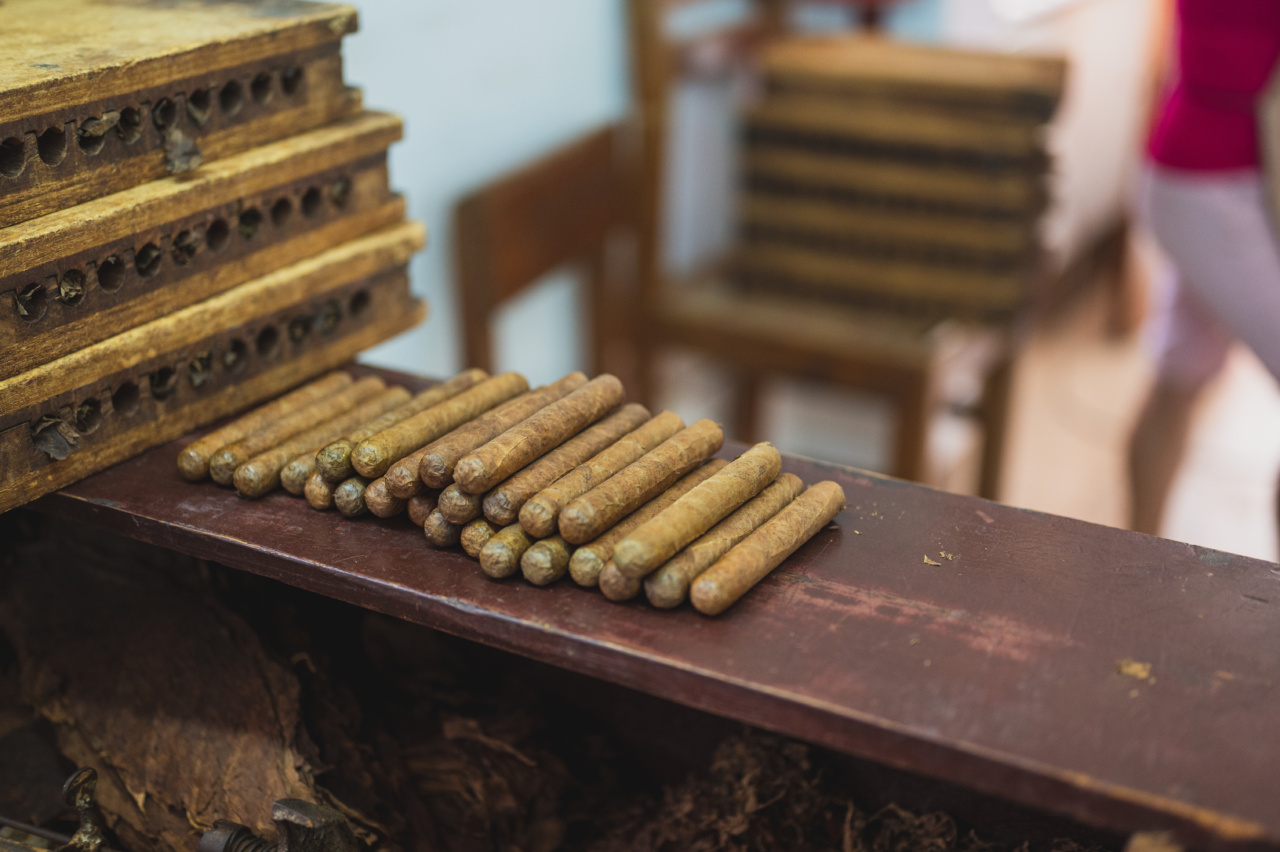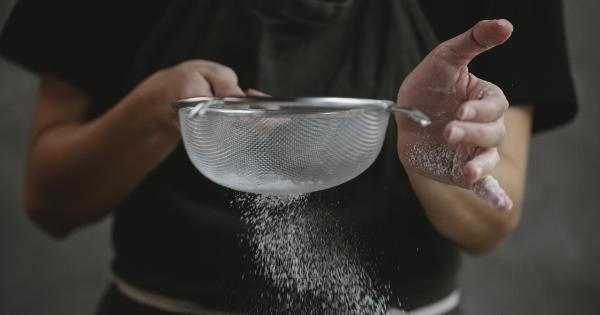Food storage is an essential aspect of everyday life, especially if you live in a place that experiences harsh winters or unpredictable climates that can disrupt food supplies.
Proper food storage not only helps you save money by prolonging the shelf-life of your groceries, but it is also crucial for food safety and avoiding food-related illnesses.
However, despite the importance of food storage, many people make common mistakes that can lead to spoilage, waste and even health risks. Here are the top 10 food storage mistakes to avoid:.
1. Not Labeling Your Food
Labels are essential for identifying the contents of a container, the date you stored it, and how long it will last.
Without labels, you may forget what’s inside a container, and this could lead to confusion, waste, and even spoiling other foods if you mix them up.
2. Storing Foods in the Wrong Containers
Choosing the right container is imperative to ensure optimal food storage. For example, plastic containers with airtight lids are ideal for storing dry foods like cereals, while glass containers are perfect for storing liquids like juices and soups.
Using the wrong containers could lead to contamination, spills, or even mold formation.
3. Not Washing Your Hands Before Storing Food
Washing your hands before handling food is a golden rule when it comes to food safety. Not doing so can introduce harmful bacteria into your food storage containers, leading to spoilage, foodborne illnesses or food poisoning.
4. Overfilling Containers
While it’s tempting to achieve maximum storage by overfilling your containers, doing so could lead to improper storage and spoilage. Overfilling can also cause spills, which can attract insects and lead to contamination.
Always leave enough space for air circulation, especially for dry foods like grains and legumes.
5. Not Rotating Your Food
“First In, First Out” (FIFO) is a simple rule that ensures you use older food items before newer ones. Not doing so can cause older foods to spoil, leading to waste and possibly even contamination.
Proper food rotation helps you prevent waste and save money.
6. Storing Food in the Door of Your Fridge
The door of your fridge is the warmest part of your refrigerator, and storing perishable foods in there can lead to spoilage. Instead, store your perishables, like milk and eggs, on the inner shelves where the temperature is more consistent.
The door is best for non-perishable items, like condiments, that don’t require constant refrigeration.
7. Not Checking for Spoilage
Visual signs of spoilage, like discoloration, mold, and unusual odors, should not be ignored. These are signs that your food is no longer safe to eat and should be thrown out immediately.
Checking your food regularly for signs of spoilage can help you avoid food poisoning and waste.
8. Storing Food in Direct Sunlight
Direct sunlight can cause your food to spoil, especially perishables like fruits and vegetables, which should be stored in a cool, dark place.
Direct sunlight can cause food to spoil quickly, so keep them out of direct sunlight and heat to extend their shelf life.
9. Freezing Food that can’t be Frozen
Some foods, like lettuce and cucumbers, cannot be frozen due to their high water content. Freezing these types of foods can cause the water in them to expand, leading to mushiness and spoilage.
Check which foods are best suited for freezing and follow proper freezing guidelines.
10. Not Using Vacuum Sealed Bags/Containers
Vacuum sealing is a great way to extend the life of your food and prevent spoilage. Vacuum-sealed containers remove air and moisture from the food, which slows down or stops the growth of bacteria.
By keeping your food in vacuum-sealed containers, you can significantly extend its shelf life and avoid unnecessary waste.
Conclusion
Proper food storage is a critical part of ensuring food safety and avoiding waste. By avoiding these common food storage mistakes, you can save money, reduce waste and ensure that your food stays fresh and healthy.






























